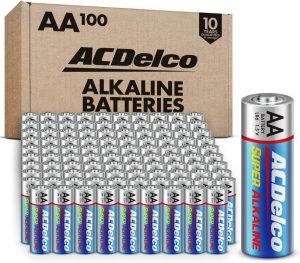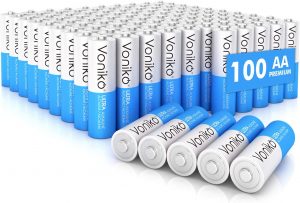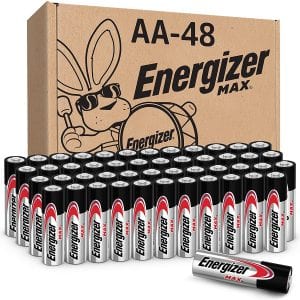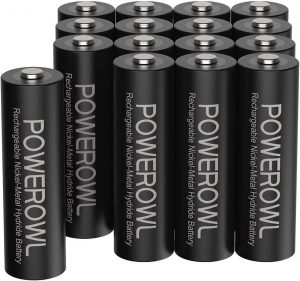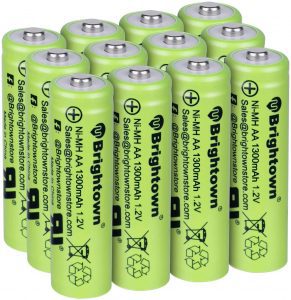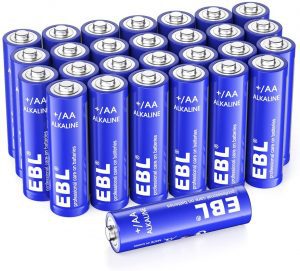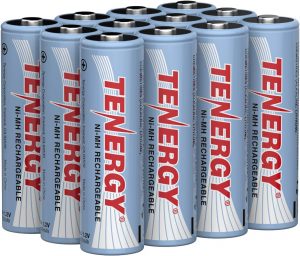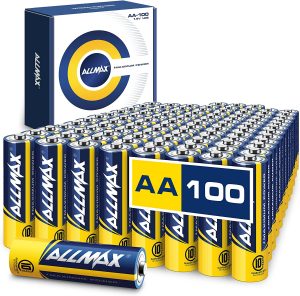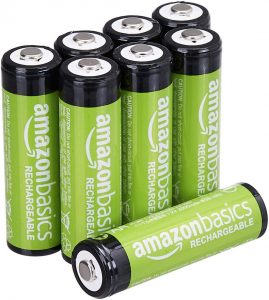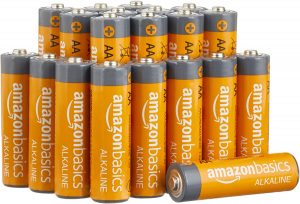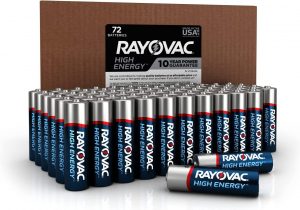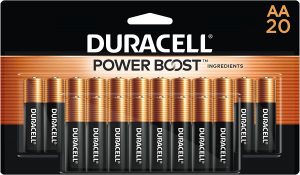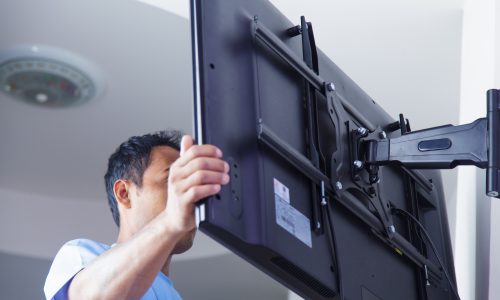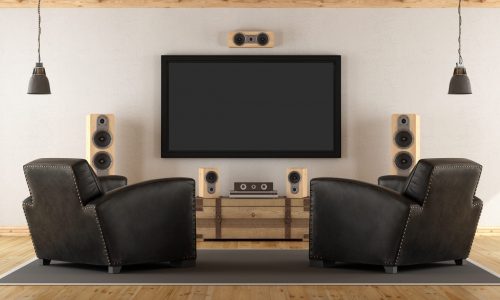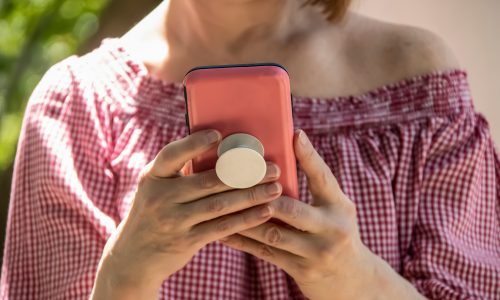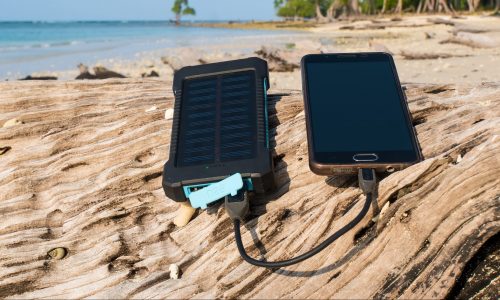The Best AA Batteries
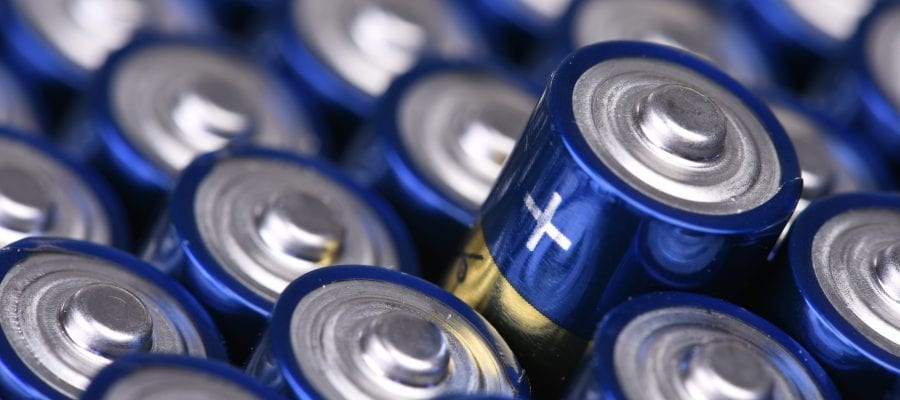
Our Review Process
Don't Waste Your Money is focused on helping you make the best purchasing decision. Our team of experts spends hundreds of hours analyzing, testing, and researching products so you don't have to. Learn more.
Our Picks For The Top AA Batteries
- 1. ACDelco Gaming Leak Protection AA Batteries, 100-Pack
- 2. Voniko Eco-Friendly Anti-Explosion AA Batteries, 100-Pack
- 3. Energizer MAX Leak-Proof AA Batteries, 48-Pack
- 4. POWEROWL Low Self-Discharge Rechargeable AA Batteries, 16-Pack
- 5. Brightown Money Saving Long-Lasting AA Batteries, 12-Pack
- 6. EBL Remote & Toy AA Batteries, 28-Pack
- 7. Tenergy High Capacity Rechargeable AA Batteries, 12-Pack
- 8. Allmax Super-Conductive Energy Circle AA Batteries, 100-Pack
- 9. Amazon Basics Pre-Charged NiMH Rechargeable AA Batteries, 8-Pack
- 10. Amazon Basics Easy Store AA Batteries, 20-Pack
- 11. Rayovac High Energy Alkaline AA Batteries, 72-Pack
- 12. Duracell CopperTop Lithium AA Batteries, 20-Pack
This package comes with 100 AA batteries. They are perfect for everyday items like toys, remotes, game controllers and clocks. These batteries have a 10-year shelf life.
Large QuantityYou get 100 AA batteries with this package.
Although there are 100 AA batteries in this set, they are easy to store because they are wrapped in groups of four. The batteries are made using an anti-explosion design and are free from harmful mercury and lead. They do an excellent job of powering toys, electronics and tools.
Made to LastThese AA batteries have a 10-year shelf life, so you won't have to worry about them expiring before you can use them.
These AA batteries are for everyday devices around your home. The batteries have leak-resistant construction and protect your devices. They can hold their power for up to 10 years in storage.
For Everyday DevicesThese AA batteries are ideal for flashlights, toys and remotes.
This pack features 16 batteries that have a 2,800 mAH rating and work well with demanding devices. They discharge slowly with only 30% depleted after they're stored for three years.
Convenient Large QuantityThis large pack comes in handy if you have a lot of devices to power or want extras on hand while other batteries charge.
Buying Guide
From remote controls to children’s’ toys to smoke alarms and many other things around your home, the best AA batteries ensure everything runs smoothly. When you rely so heavily on batteries around your home, how do you know which ones to buy? When looking for batteries, it’s important to get ones which will last for a long time without breaking the bank.
There are two main types of AA batteries you’ll find on the market: lithium and alkaline. Lithium batteries have excellent performance ratings; however, they are usually higher in cost than their counterparts. Lithium offers higher stability and less power loss, which makes them ideal for using in items that are hard to reach or access. This kind of battery also doesn’t leak a corrosive liquid over time.
Alkaline batteries, on the other hand, are more cost effective than lithium ones. However, this type of battery typically has some leakage over time. Alkaline batteries are best for low-drain devices like toys, clocks and flashlights. Just know that they don’t last as long as lithium and you may find that you have to change these batteries quite often. Before choosing which type of batteries to get, consider what devices they are going to be used for.
What to Look For
- AA batteries are available in different package sizes. You can find small packages of two to four batteries, large packages with 48 or 72 batteries and every size in between. If you do not need to use them right away, be sure to store your extra batteries in a cool, dry place.
- Whenever you’re placing new batteries in an object, remember to wipe the contact surfaces of the battery compartment clean with a pencil eraser or cloth. This will remove any residue from the previous batteris.
- If you won’t be using the device for a few months, try to remember to remove the batteries from the battery compartment. This will help them last longer and can help you avoid messy leaks.
- You may be tempted to mix battery brands, types or ages. However, always use the same kind of batteries in a device that calls for more than one battery.
- Alkaline batteries are prone to leakage after some time. If the fluid from a battery gets on your skin, immediately rinse well with cold water and then speak with your doctor.
More to Explore
Rechargeable batteries are an effective way to conserve both money and the environment. However, do not try to recharge a single-use battery. Regardless of what kind of battery it is, if it is not meant to be recharged, it can actually explode and can be a danger to you and your home. Also remember never to get a single-use battery wet or pierce the surface with a sharp object.

